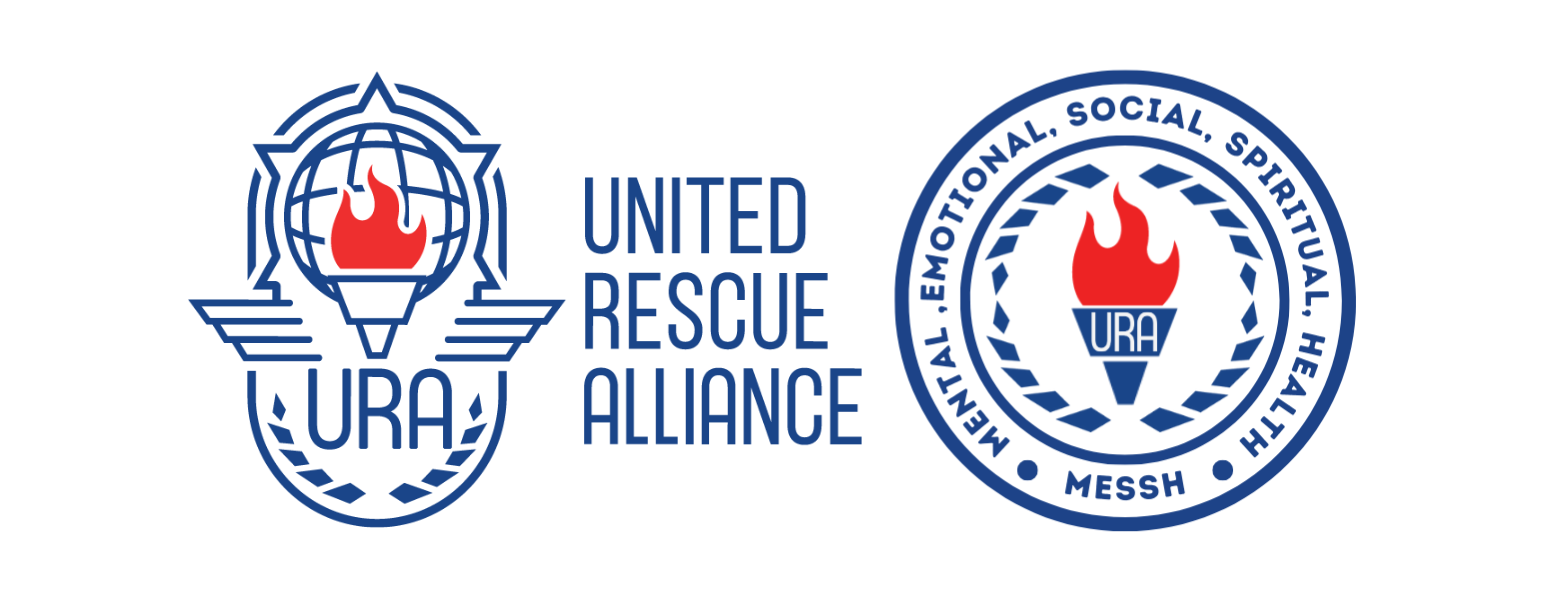THE MESSH - ADDRESSING MENTAL EMOTIONAL, SOCIAL AND SPIRITUAL HEALTH IN DISASTERS
Every disaster event impacts people. This impact can be significant and obvious, resulting in a process to address the need within the system of services. When the need is not obvious or when people appear to be able to function within the disaster, these needs go unmet. The result can be secondary emergencies, compromised efficiency, exclusion of vulnerable populations from response and recovery opportunities, and a loss of community resilience.
Implementing a systematic approach to mental, emotional, social, and spiritual health of survivors and responders alongside physical needs, can be an effective avenue to whole community inclusive preparedness, response, and recovery action.
